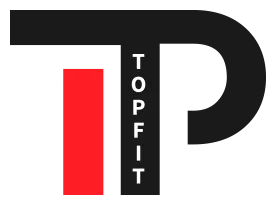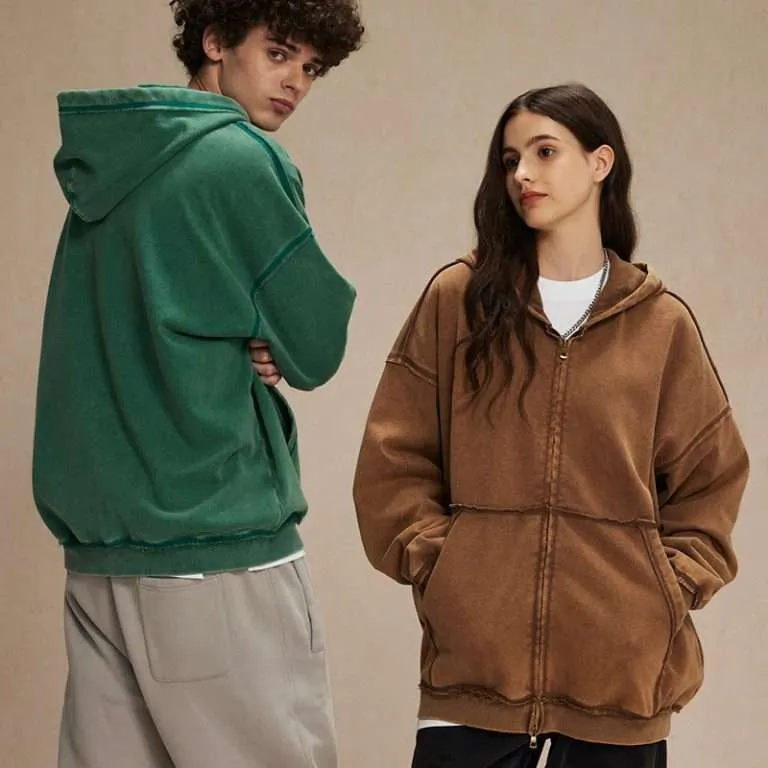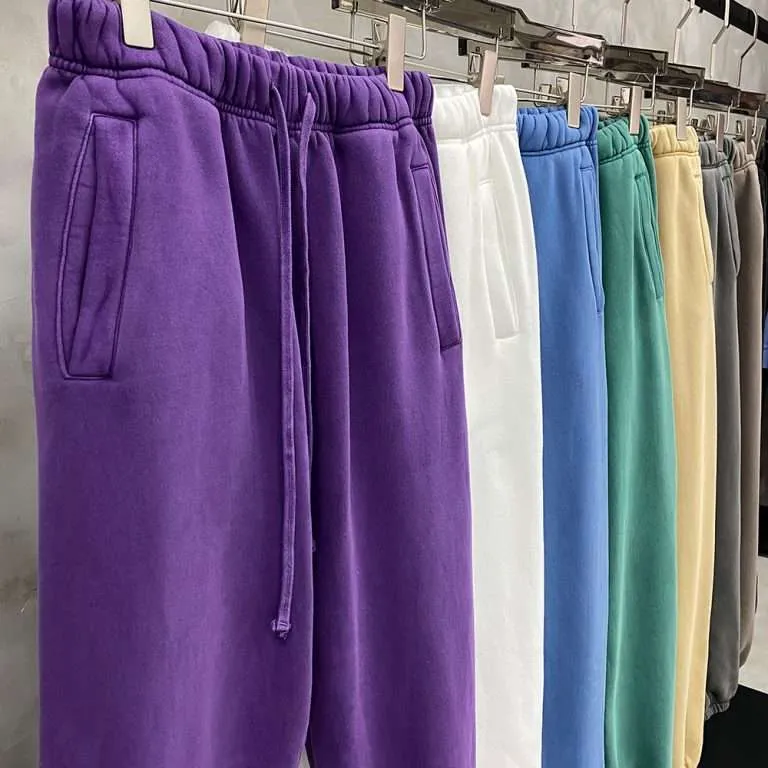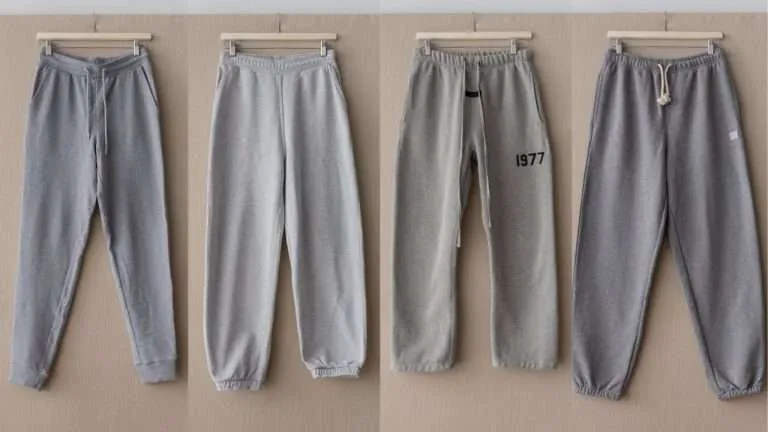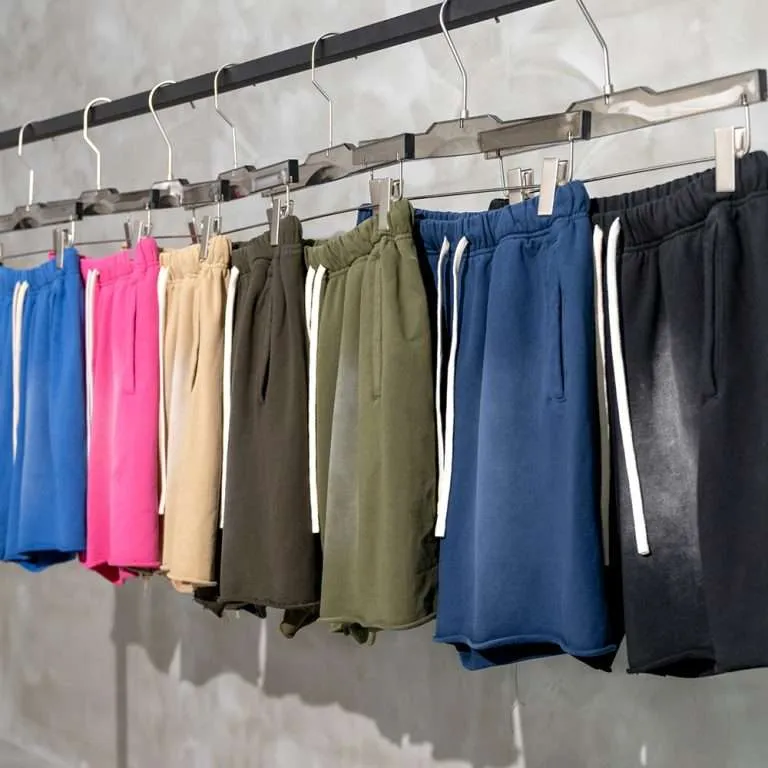Your Reliable High Quality Wholesale Custom Clothing Manufacturers

Hoodie Manufacturers Guide: From Raw Material to Retail-Ready Products
The Champion Company revolutionized the apparel industry in 1930 by adding a simple hood to their sweatshirts. This innovation marked the birth of a global fashion staple. The hoodie’s development has substantially changed over the last several years, and manufacturers have turned this practical garment into diverse product lines that feature zip-up, pullover, crop and oversized designs.
Hoodie manufacturing represents a crucial sector in the global apparel market. These versatile garments are crafted from cotton or cotton-polyester blends. The production process demands careful attention at every stage – from design sketching and fabric selection to pattern making, cutting, sewing, and quality control measures. Each step ensures the final product’s quality and durability.
Let’s take a closer look at everything in hoodie manufacturing, from raw material selection to retail-ready products. This piece explores different fabric options, manufacturing techniques, quality control processes, and the key steps to create premium hoodies that excel in today’s competitive market.
Understanding the Hoodie Manufacturing Landscape in 2025
The global hoodie market dominates the apparel industry. Its remarkable growth potential shapes manufacturing priorities worldwide. Market trajectories and regional specializations provide valuable insights for brands seeking partnerships with hoodie manufacturers.
Market Size and Growth Projections
The hoodie and sweatshirt industry has reached . This market will expand to USD 367.30 billion by 2033, with a steady compound annual growth rate (CAGR) of 6.8%. Hoodies have transformed from casual wear to fashion staples that appeal to all demographics.USD 217.00 billion in 2025
North America leads the market with a . Europe follows with 28.71% (USD 62.3 billion), while Asia Pacific holds 21.89% (USD 47.5 billion) of the global market. South America contributes 5.12% and the Middle East adds 4.61%.39.68% share (USD 86.1 billion)
Each region’s growth varies significantly. Asia Pacific shows the strongest outlook with an 8% CAGR through 2033. The Middle East follows at 7.4% CAGR, and South America projects 7.1% growth. European and North American markets maintain steady rates of 6.5% and 6.3% respectively.
The United States dominates the global hoodie market with 67.94% of North America’s revenues. Britain (21.03%) and Germany (16.85%) lead Europe’s market. China controls Asia Pacific with 39.16% market share, while Japan (19.58%) and South Korea (12.63%) follow.
Key Manufacturing Regions and Specializations
Manufacturing concentrates in specific regions, each offering unique advantages:
China leads global hoodie production, making more than half of all garments. Chinese manufacturers excel at:
- High-volume production with advanced technology
- Complete textile supply chains
- Cost-efficient manufacturing across all segments
Bangladesh has become a manufacturing powerhouse that attracts fast-fashion brands. The country’s manufacturers specialize in:
- High-volume, cost-effective production
- Serving global brands with large minimum orders
- Simple to mid-range hoodie styles
Vietnam combines cost efficiency with superior quality standards. Vietnamese producers focus on:
- Eco-friendly initiatives
- Mid-range and premium hoodie production
- Reliable manufacturing and skilled labor
India’s textile industry makes use of its cotton production expertise. Indian manufacturers concentrate on:
- Organic cotton hoodie production
- Natural fabric options
- Growing eco-friendly manufacturing capabilities
Premium hoodie manufacturing exists in the USA and Europe despite Asia’s production dominance. These regions emphasize:
- Luxury and high-end manufacturing
- Eco-friendly production practices
- Shorter shipping distances for local markets
- Custom and small-batch capabilities
Consumer priorities continue to transform the manufacturing landscape. Sustainability now distinguishes hoodie manufacturers. This transformation appears in specialized production:
- India’s factories lead organic cotton hoodie production
- Vietnamese facilities adopt water recycling and eco-friendly practices
- European manufacturers follow strict environmental regulations
Technical innovation drives manufacturing specialization. Advanced factories offer uninterrupted apparel production, performance fabric expertise, and specialized digital printing. These capabilities enable producers to create specialized hoodie styles from athletic wear to luxury streetwear.
A manufacturer’s regional strengths matter when choosing production partners. The best choice depends on specific needs – volume capacity, technical capabilities, sustainability credentials, or competitive pricing.
Materials and Methods: Fabric Selection for Different Hoodie Types
“Sustainability has become a major focus in fashion, and hoodies are no exception. Many brands are now using organic cotton, recycled fabrics, and eco-friendly dyes to create environmentally-conscious yet stylish designs.” — Topfit Clothing, Custom Apparel Manufacturer
The life-blood of quality hoodie manufacturing lies in fabric selection. This choice affects everything from comfort and durability to market positioning and price point. The fabric choice directly shapes wear experience, production costs, and ended up determining consumer satisfaction.
Premium Cotton Options for Luxury Hoodies
Luxury hoodies showcase Supima and Pima cotton varieties, known for their exceptional softness and durability. These specialized cottons come from extra-long cotton fibers and create garments that feel luxurious while breathing better than standard cotton options.
The luxury hoodie industry’s gold standard uses with a brushed interior. These premium blanks come with reverse flatlock stitching and 4″ wide, double-folded, flat-knit side ribbing that makes them more flexible and comfortable. On top of that, luxury organic cotton hoodies skip toxic dyes, chemical fertilizers, pesticides, and formaldehyde during production—adding ethical value and comfort.400G Organic Supima Cotton
Private label manufacturers who target the premium market know that heavyweight cotton hoodies (over 339 g/m²) sit at quality’s upper tier. These heavyweight options keep you warm without losing cotton’s natural breathability.
Performance Fabrics for Athletic Sweatshirts
Athletic hoodie production needs specialized performance fabrics that balance comfort with technical features. These fabrics must have:
- Moisture-wicking properties that pull sweat away from the body
- Antimicrobial treatments that fight odor-causing bacteria
- Thermoregulation that keeps body temperature optimal
- Stretchability that allows free movement
Polyester leads the pack as the go-to base for athletic hoodie production. It offers durability and moisture management at a budget-friendly price of . Notwithstanding that, pure polyester doesn’t feel as soft as consumers want, so manufacturers have developed special variations.USD 2.00-5.00 per meter
Many performance hoodie makers employ blended fabrics that mix polyester with natural fibers. Cotton-polyester blends from 50/50 to 80/20 ratios deliver balanced comfort and technical performance. Premium athletic hoodies might also include spandex or elastane (3-5%) to bounce back better during intense workouts.
Eco-Friendly Materials Gaining Traction
Eco-friendly hoodie manufacturing has transformed, and consumers care more about sustainable materials than ever. The best sustainable options include:
Organic cotton grows without harmful pesticides or fertilizers, making hoodies that treat both wearers and the environment better. This material reduces environmental harm during growing but keeps cotton’s natural softness and breathability.
Recycled polyester comes mainly from plastic bottles, helping cut down landfill waste and ocean pollution. This innovative fabric stays durable and light while using less energy to make than new polyester.
Hemp has become a faster growing sustainable choice that needs minimal water and no pesticides to grow. Hemp fabric brings exceptional strength, natural UV protection, and gets softer with each wash.
Bamboo grows faster without pesticides and creates fabric with natural antibacterial properties. Its exceptional softness and excellent breathability make it perfect for performance-focused hoodies.
Cost vs. Quality Considerations in Material Selection
Material prices swing widely between fabric types and directly shape production costs. This is a big deal as it means that premium materials—organic cotton (USD 3.00-7.00 per meter) and specialty sustainable fibers (USD 5.00-10.00 per meter)—cost more than standard polyester (USD 2.00-5.00 per meter).
Budget-conscious hoodie makers often pick cotton-polyester blends (USD 2.50-6.00 per meter) to strike a balance between quality and cost. Blend ratios shape both price and performance: more cotton improves comfort and printability, while extra polyester boosts durability and fade resistance.
Fabric weight affects quality perception and material costs significantly. Light fabrics (113-170 g/m²) work best in warm weather and layering. Medium-weight options (236-318 g/m²) serve well year-round. Heavyweight fabrics (339+ g/m²) deliver better warmth and perceived quality.
Private label manufacturers must match their target market position with material costs. Premium materials might cost more to produce, but they also allow higher retail prices and happier customers—especially for brands targeting luxury or performance markets.
Design to Production: The Hoodie Manufacturing Workflow
A hoodie’s creation starts with an idea that evolves into a product on store shelves. The experience from the original sketch to a retail-ready product follows a well-laid-out process that needs precision, communication, and attention to detail. Brands must understand this process to find the right manufacturing partners.
Technical Design and Specification Development
Detailed technical documentation is the life-blood of successful hoodie production. This significant first step creates a detailed tech pack—a blueprint that shows every design aspect to manufacturers. A well-developed tech pack removes confusion and helps maintain consistent production quality.
Professional hoodie tech packs typically include:
- Technical drawings showing the garment from multiple angles (front, back, side)
- Measurement specifications with precise dimensions for all components
- Materials list detailing fabrics, trims, and components with exact requirements
- Color specifications using standardized color codes (like Pantone)
- Construction details outlining stitching types and techniques
Tech packs help custom hoodie manufacturers communicate throughout production. Technical designers create digital patterns based on these specifications. Complex designs might need several discussions between designers and manufacturers to confirm the garment works ergonomically.
Sampling Process and Prototype Evaluation
The sampling process begins after finalizing technical specifications. This vital phase turns abstract designs into physical prototypes before full production starts.
The sampling workflow moves through several distinct stages:
Development samples come first, using specified fabrics and trims. These prototypes help manufacturers spot potential production challenges and confirm design feasibility. Small brands with tight budgets often use development samples as their only prototype. This offers a budget-friendly path to production.
Sample makers then fit these prototypes on mannequins with accurate body dimensions. Manufacturers and designers look at several factors:
- Fabric feel and performance compared to specifications
- Stitching quality and consistency (8-12 stitches per inch indicates quality construction)
- Fit accuracy across specified measurements (with tolerance of +/- 0.5 inches)
- Functionality of components like zippers, drawstrings, and pockets
- Print or embroidery placement and quality
Designers might request changes after getting a full picture of the sample before production approval. This process changes based on brand size and product complexity. Large brands create multiple sample types and start this process up to a year before bulk production. Small brands usually follow three steps: tech pack creation, development sampling, and pre-production adjustments.
Production Timeline Management
Timeline management is the foundation of successful hoodie manufacturing. Production schedules must include each manufacturing stage and allow room for unexpected challenges.
Realistic production timelines for hoodies include:
- Technical design and specification: 1-2 weeks
- Initial sampling and revisions: 3-6 weeks
- Production preparation: 1-2 weeks
- Bulk manufacturing: 4-8 weeks (depending on order quantity)
- Quality control and finishing: 1-2 weeks
- Shipping and logistics: 1-4 weeks (varying by destination)
Good coordination between stages reduces delays. Experienced hoodie manufacturers create efficient workflows and communication protocols. This ensures smooth transitions between design, sampling, and production phases. Clear communication about sample development, material availability, and design changes prevents things from getting pricey.
Private label hoodie manufacturers plan production by setting proper order quantities, production sequences, and resource allocation. This planning ensures materials, machinery, and skilled workers are ready when needed, keeping productivity high throughout manufacturing.
Manufacturing Techniques for Popular Hoodie Styles
Making different hoodie styles takes unique manufacturing techniques for each design. Let’s get into how production processes vary between hoodie types. The technical differences show up in everything from cutting patterns to how they’re put together.
Zip-Up Hoodie Construction Challenges
Zip-up hoodies come with their own manufacturing hurdles because of the full-length vertical zipper from neck to waist. The biggest problem when making these garments is getting the right to avoid puckering and make sure it works smoothly. These hoodies need extra reinforcement at stress points where the zipper meets the hood and hemline, unlike pullover styles.zipper alignment
Making zip-ups requires special equipment for zipper installation and extra quality checks. Manufacturers use a two-way cutting method. They cut first based on style specs, then for putting components together. This approach makes sure all pattern pieces line up correctly before final construction.
Zip-up styles are great because they’re versatile and easy to wear. People can adjust to temperature changes by simply zipping or unzipping. So many custom hoodie makers now offer zip-ups in lightweight fabrics that work well for layering in any season.
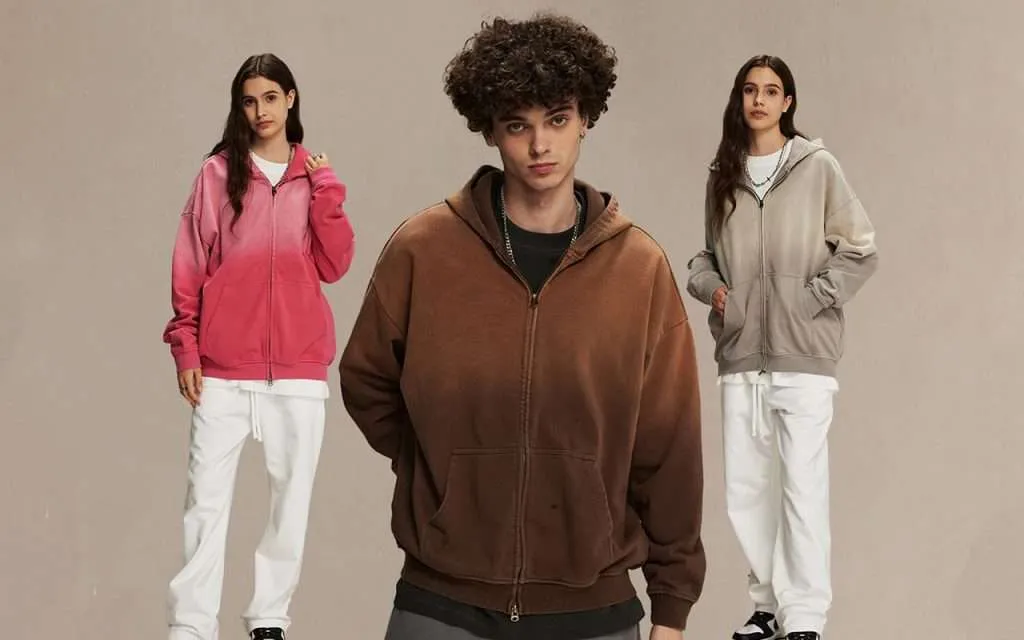
Pullover Hoodie Manufacturing Efficiency
Pullover hoodies are the quickest style to manufacture right now. They don’t have complex parts like zippers, which cuts down on material costs and manufacturing time. This simplified process makes pullovers perfect for large-volume orders from wholesale manufacturers.
The classic pullover design has a kangaroo pocket and an adjustable drawstring hood. This setup lets manufacturers cut, sew, and finish fabric pieces in a logical order without much repositioning.
Private label manufacturers often tell new brands to go with pullover styles for economical production. Here’s why they’re great to make:
- Fewer parts to line up and attach
- Simpler sewing means faster production
- Lower rejection rates
- Better quality consistency in big production runs
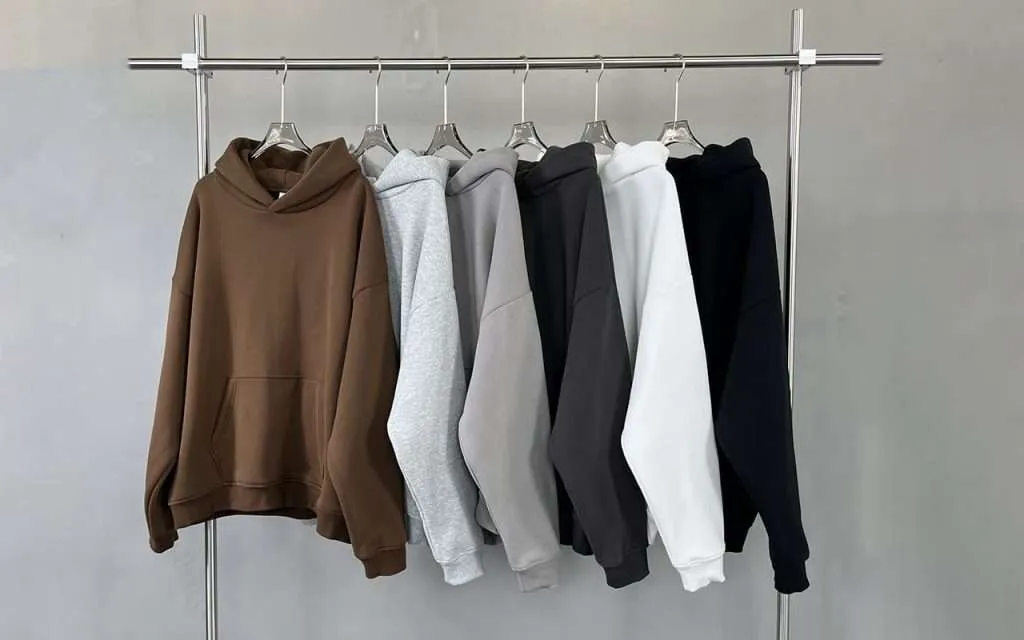
Oversized and Crop Hoodie Production Differences
Oversize and crop hoodies need major changes to standard production methods. The styles look many sizes larger than standard fit and need special construction elements like drop shoulders and roomier fits. These changes mean manufacturers need expert pattern-making skills and precise fabric cutting to keep proportions right.
Crop hoodies, with their waist-level hem instead of hip-level, create their own set of challenges. This is a big deal as it means that manufacturers must recalculate how all parts relate to each other. They’re basically redesigning the whole garment instead of just making it shorter.
Both styles make fabric use a key production factor. per piece, which drives up costs. Crop styles use less fabric but create more waste during cutting unless patterns are carefully planned.Oversized hoodies use much more material
Streetwear’s popularity has created huge demand for these special styles. The best manufacturers now run separate production lines just for these variants. They give special training to their cutting operators and sewing technicians to handle these unique construction needs.

Custom Hoodie Manufacturing: Working with Specialized Producers
Brands entering the custom hoodie market must choose their manufacturing partners wisely. The bond between manufacturers and brands shapes product quality and market launch timelines. A deep understanding of this partnership will help businesses direct manufacturing challenges better.
Minimum Order Quantities and Their Impact
Minimum order quantities (MOQs) tell you the smallest number of units a manufacturer will make in one order. These numbers vary widely among hoodie manufacturers. Small producers who work with niche businesses usually accept per order. Larger manufacturers need higher numbers of 300-500 pieces per style.MOQs between 50-100 pieces
Color requirements can change these numbers. Standard color chart options need lower MOQs (about 100 pieces per color). Custom Pantone-colored fabrics need at least 300 pieces per fabric color. These requirements affect brand launch strategies, especially for startups testing new designs.
Manufacturers use MOQs to optimize their operations. They standardize setup processes and give stable income by securing guaranteed sales volumes. But brands face some challenges with high MOQs:
- Complex inventory management
- Big upfront investment
- Risk of excess stock
New brands can get lower MOQs by showing future production potential or creating limited-edition releases. On top of that, some manufacturers are flexible with exclusive collections. This gives brands a chance to test the market without holding too much inventory.
Customization Options and Limitations
Custom hoodie manufacturing offers amazing versatility. Quality manufacturers provide many ways to customize, each with unique benefits:
- Screen printing: Works best for bulk orders with bright colors and clear details
- Embroidery: Gives premium, lasting finishes that look great with logos
- Direct-to-Garment (DTG): Best choice for detailed, colorful designs in small batches
- Heat transfer: Great for colorful designs and smaller runs
The complete customization goes beyond printing. You can change trims (drawcords, pockets), colors, hoodie types, embellishments, sizes, tags, and logos. Design placement affects visual appeal—front prints, back prints, sleeve prints, and inside labels create unique branding opportunities.
Good manufacturers guide you through design feasibility. Their expertise helps turn creative ideas into production-ready designs.
Communication Protocols with Offshore Manufacturers
Clear communication is the life-blood of successful offshore manufacturing partnerships. Time zone differences mean you need to find good overlap periods for real-time talks. Having one offshore team leader who understands project details creates a vital link between brand vision and production reality.
Clear documentation prevents costly mistakes. Detailed design specs, customization needs, and quality standards must be spelled out. Different communication channels work best for different needs—email for records, instant messaging for quick updates, and video calls for complex discussions.
Trust grows when manufacturers are open about timelines and challenges. Regular production updates, quick problem-solving, and open dialog throughout the process will give a quality product that matches design expectations.
Quality Assurance in Wholesale Hoodie Production
“Poor quality is one of the main reasons why clothing brands fail, so when looking for someone to produce your custom hoodie, you must be very discerning.” — Too Fabric, Custom hoodie manufacturer
Quality assurance is the critical barrier between average products and exceptional hoodies that create brand loyalty. Even the best materials and designs can fail without structured quality checks throughout the manufacturing experience.
Pre-Production Quality Checks
Quality inspections before production starts prevent things from getting pricey and ensure materials meet required standards. Pre-production quality control has several key checks that hoodie manufacturers use to verify specification compliance.
We started with a complete raw material evaluation. Quality teams check fabrics for defects like holes, distortions, or uneven dyeing that could hurt the final garment’s quality. To cite an instance, teams assess against set standards.fabric weight, print quality, hand feel, and overall appearance
These early inspections give manufacturers a clear picture of whether everything’s ready before full production begins. This proactive step helps catch potential problems that might show up later, which saves time and cuts unnecessary costs.
In-Line Inspections During Manufacturing
Quality control during production happens when . Teams check both semi-finished and finished garments to maintain consistent quality throughout manufacturing.15-20% of an order is ready
The in-line inspection uses multiple approaches:
- Checkpoint inspections – Quality checkers examine semi-stitched garments at fixed workstations within the sewing line, focusing on critical operations
- Roving quality checking – Inspectors randomly check garments at various workstations, concentrating on specific operations
- Traffic light system – A visual management system indicating quality status at different production stages
These ongoing checks aim to “stop defect generation at source”. Quick problem detection allows immediate fixes, which boosts productivity and reduces repair costs. Many international apparel buyers now require in-line inspection as standard practice from their hoodie manufacturers.
Final Random Sampling Methods (AQL Standards)
Wholesale hoodie manufacturers use Acceptable Quality Limit (AQL) standards for final random sampling before shipping. Harold F. Dodge developed this sampling method that’s now accessible to more people. It provides clear numbers on how many defective products are acceptable in a batch.
AQL standards group defects into three categories:
- Critical defects: Hazardous conditions or regulatory non-compliance, such as sharp edges or missing warning labels
- Major defects: This is a big deal as it means reduced product usability, including open seams or broken stitches
- Minor defects: Problems that won’t affect functionality, like loose threads
Inspectors pick random samples based on lot size and inspection level. Consumer products usually have an AQL of 2.5, meaning zero critical defects, 2.5% major defects, and 4% minor defects are allowed. The system sets acceptance and rejection numbers – to name just one example, with letter code J and an AQL of 2.5, products pass if five or fewer defects show up in the 80-unit sample.
The best hoodie manufacturers use this structured quality assurance approach to deliver products that meet brand standards and customer expectations. This helps protect brand reputation and keeps returns low.
Private Label Hoodie Manufacturing: Building Your Brand
Private label manufacturing can change regular hoodies into powerful brand ambassadors. Your business can create unique apparel that strikes a chord with your target audience through strategic collaborations, custom branding elements, and smart packaging.
Selecting the Right Manufacturing Partner
The search for your ideal private label hoodie manufacturer starts with quality standards and customization capabilities. A manufacturer’s fabric expertise will shape your final product quality. You should look for partners who offer . The best partners also provide detailed services from consultation to prototyping, production, and delivery.premium materials like cotton, polyester blends, and environmentally responsible options
Minimum order quantities (MOQs) are a vital part of choosing a manufacturer. New brands should find providers with MOQs between 50-100 pieces per design. Larger, 5-year old businesses might prefer manufacturers who handle 300-500 unit minimums. Production time will shape your market strategy too. Sample creation usually takes 3-4 weeks, while full production runs need 4-12 weeks.
Custom Labeling and Branding Elements
Custom labeling turns basic apparel into unique brand assets. Manufacturers give you several labeling choices:
- Satin labels – Elegant options that work best for premium hoodies
- Woven labels – Tough identifiers that last through many washes
- Heat press labels – Work better with lightweight hoodie fabrics
- Printed labels – Most flexible option that meets various customization needs
Detailed branding includes hang tags, neck tags, hem tags, and zipper pulls. These elements boost brand recognition alongside your marketing strategy. Great private labeling lets you customize multiple areas – front, back, sleeves, and hood.
Packaging Design for Brand Identity
Your packaging creates the first impression before customers see the hoodie. Quality packaging delivers a unique unboxing experience and showcases your branding. Whatever your budget, you have options from simple branded polybags to custom boxes.
Light but protective packaging materials cut shipping costs while maintaining presentation quality. Eco-friendly options like FSC-certified paperboard materials appeal to green-minded consumers. Custom packaging turns ordinary shipping boxes into marketing tools that boost perceived value through rich colors and unique design elements.
The complete private label experience – from picking manufacturing partners to custom labels and branded packaging – builds a unified brand identity that strikes a chord with consumers and makes your products stand out in the competitive hoodie market.
Cost Breakdown: Understanding Hoodie Manufacturing Economics
The economics of hoodie manufacturing shows how different factors shape product costs and prices. Many elements throughout the production cycle add to total expenses and affect retail prices and profit margins.
Material Costs and Influencing Factors
Fabric makes up 50-70% of all material costs. Regular cotton costs between USD 2.00-6.00 per yard. Premium organic cotton costs more at USD 8.00-12.00 per yard. You’ll find polyester, which lasts longer, priced at USD 3.00-5.00 per yard. Blended fabrics usually run USD 4.00-8.00 per yard.
Other components that add to the cost:
- Quality zippers: USD 0.50-3.00 each
- Custom labels: USD 0.10-1.00 per hoodie
- Custom printing: USD 1.00-10.00 based on design complexity
Labor Expenses Across Different Regions
Where you make your hoodies really changes labor costs. Asian production (China, Bangladesh, Vietnam) costs USD 1.00-3.00 per hoodie. Eastern European manufacturing runs between USD 5.00-10.00 per hoodie. Western production costs more at USD 10.00-20.00 per unit.
U.S. production comes with higher labor rates. Workers earn USD 15.00 per hour and need about two hours to make each hoodie.
Shipping, Duties, and Hidden Costs
Transport methods can really change final costs:
- Express courier (DHL): Adds about USD 9.00 per hoodie
- Air freight: Adds USD 7.50 per hoodie
- Sea freight: Most economical at USD 2.15 per hoodie
Import duties usually range from 10-20% of invoice value. Packaging adds USD 0.20-0.50 for simple options or USD 1.00-3.00 for premium choices.
Pricing Strategies for Different Market Segments
Smart pricing needs to balance manufacturing costs with market position. Budget brands focus on keeping prices low while maintaining decent quality. Mid-range brands use better materials but keep prices competitive through careful markup calculations.
Luxury brands use premium pricing—higher prices actually boost sales by showing exclusivity and better quality. Different prices for various customization levels help maximize profits across customer groups.
Manufacturers usually sell at 1.3 times production cost to make money. Retailers mix full-price, promotional, and clearance strategies to optimize sales.
Conclusion
Making hoodies requires expertise in several connected areas – from choosing materials to managing production and ensuring quality. This piece explores how successful hoodie makers combine technical know-how with smart business choices.
The global hoodie market keeps growing and experts predict it will reach USD 367.30 billion by 2033. Brands of all sizes can tap into this growth with help from specialized manufacturers worldwide. Manufacturing hubs in different regions offer unique benefits. China dominates in volume and efficiency, while Vietnam stands out for eco-friendly manufacturing.
Choosing materials is a vital decision that shapes a product’s quality and market position. Luxury brands prefer premium cotton, while athletic wear needs performance fabrics. Eco-friendly materials attract environmentally conscious buyers. These material choices, along with specific manufacturing methods, determine how the final hoodie turns out.
Quality checks are essential at every stage. Regular inspections before, during, and after production help maintain consistent quality and build customer trust. Private label manufacturing lets brands create unique products with custom branding while keeping costs in check.
Hoodie manufacturing rewards those who grasp its nuances. Success comes from balancing material costs, production abilities, and market position while maintaining high quality standards. The insights from this piece help brands make smart choices about their manufacturing partnerships and processes.
FAQs
Q1. What are the key factors to consider when choosing a hoodie manufacturer?
When selecting a hoodie manufacturer, consider their quality standards, customization capabilities, minimum order quantities, production turnaround times, and expertise in working with different fabrics. It’s also important to evaluate their communication protocols and ability to meet your specific branding needs.
Q2. How do material choices affect hoodie quality and cost?
Material selection significantly impacts both quality and cost. Premium materials like organic cotton or performance blends increase production expenses but offer superior comfort and durability. More affordable options like standard cotton or polyester blends can reduce costs while still providing acceptable quality for certain market segments.
Q3. What are the main differences in manufacturing zip-up vs. pullover hoodies?
Zip-up hoodies require more complex manufacturing techniques due to zipper installation and alignment challenges. They also need additional reinforcement at stress points. Pullover hoodies are generally more efficient to produce, with simpler construction and fewer components, making them ideal for large-volume orders.
Q4. How important is quality control in hoodie manufacturing?
Quality control is crucial in hoodie manufacturing to ensure consistent product quality and prevent costly mistakes. It involves pre-production checks, in-line inspections during manufacturing, and final random sampling using AQL standards. Effective quality assurance helps maintain brand reputation and minimize returns.
Q5. What customization options are available for private label hoodie manufacturing?
Private label hoodie manufacturing offers various customization options, including custom labeling (satin, woven, heat press, or printed labels), branding elements (hang tags, neck tags, hem tags), and packaging design. Manufacturers can also customize different areas of the hoodie such as the front, back, sleeves, and hood with various printing or embroidery techniques.
